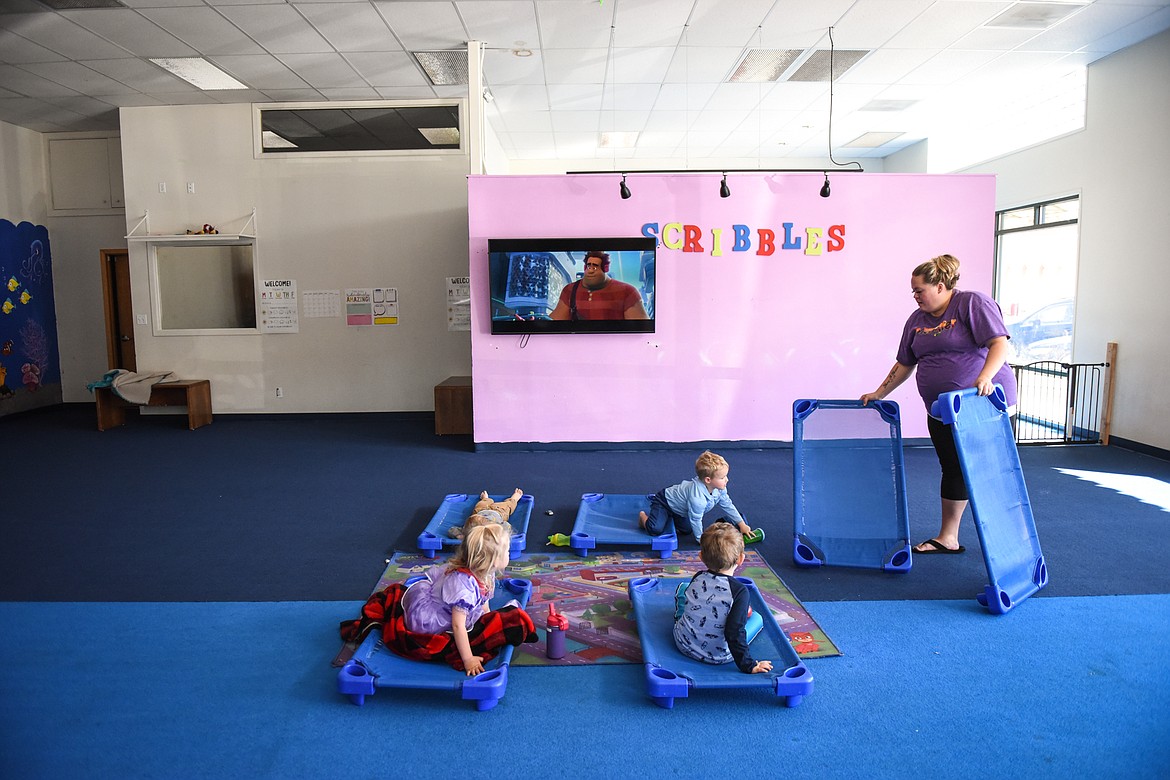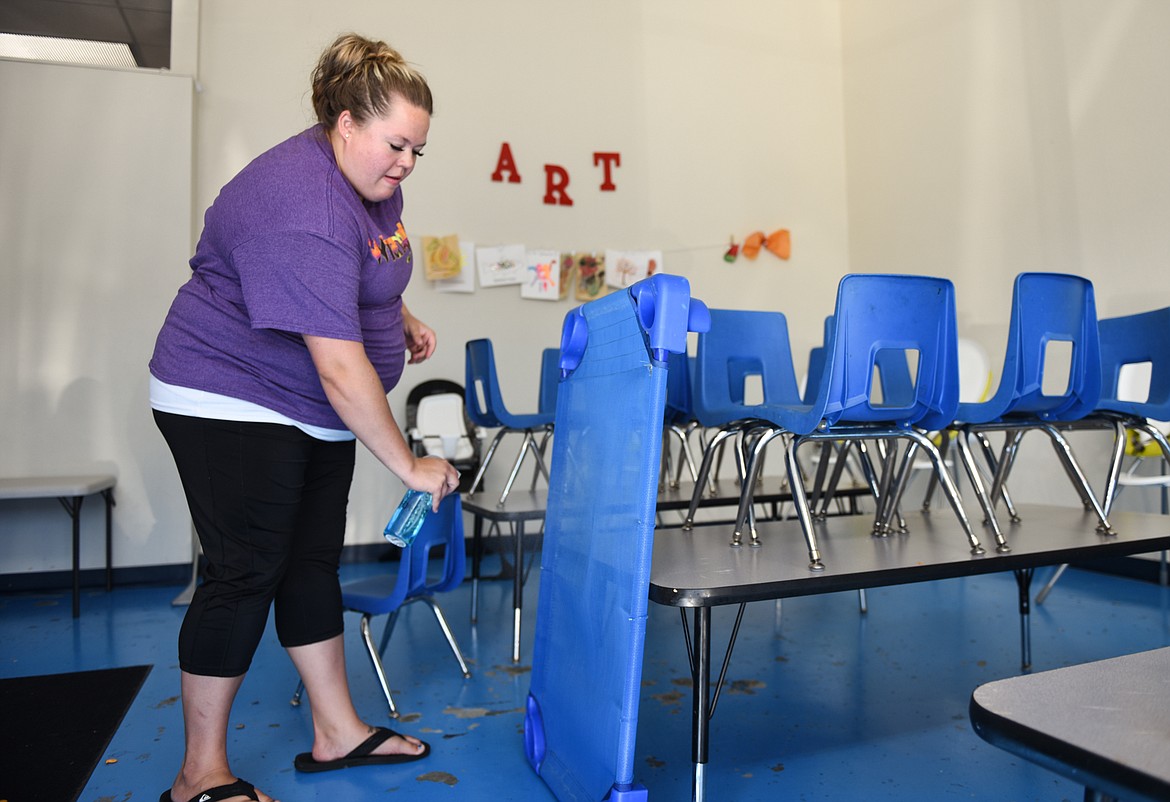Inadequate child care costs Montana $232M annually
BRET ANNE SERBIN | Hagadone News Network | UPDATED 5 years, 2 months AGO
The COVID-19 pandemic has exacerbated child-care challenges for families in Montana, but the take-away from a new state study shows the care issues are not a symptom of the virus outbreak.
“COVID-19 struck during the survey but did not substantially change respondents’ answers,” said John Baldridge, one of the co-authors of the study conducted by the University of Montana Bureau of Business and Economic Research.
“The final report details our comparison of responses before and after COVID hit and finds very little, if any, substantial difference,” Baldridge noted in an email about parents’ child-care struggles.
The study shows many Montana parents aren’t getting the support they need — and it’s costing the state’s economy big-time.
Better access to child care would save the Montana economy $232 million a year, according to the study, which was sponsored by Federal Reserve Bank of Minneapolis.
Baldridge said the state economy is currently hemorrhaging lost wages, lost productivity and lost taxes as working parents struggle to find adequate child care.
The study points out inadequate child care costs Montana businesses nearly $55 million per year, mostly in absenteeism and employee turnover. The annual loss to Montana taxpayers is $32 million per year, including $9 million annually in Montana state taxes.
The average loss to households with children under age 6 is $5,700 per year. Across the state, that’s an annual total of $145 million.
Working parents are the hardest hit by the state’s insufficient child-care options
BUREAU RESEARCHERS surveyed more than 400 Montana households with children under age 6 from January to April, 2020. More than half of the respondents — 57% — said finding affordable child care is challenging.
Forty-six percent said they left work early in the past month due to inadequate child care, and 44% missed a full day of work in the past month for the same reason.
For many, especially households earning total incomes of $42,000 per year or less, inadequate child care is a major impediment to advancing, or even maintaining their careers.
More than a quarter of respondents said they declined further training or education, and more than one-fifth said they turned down a job offer because of child-care issues. In the lowest one-third of the household income distribution, 38% said they declined further training, and 36% reportedly turned down a job offer.
Of the surveyed households, 15% said a parent had to change from full-time to part-time work because of insufficient child care. Inadequate child care led 12% to quit their job; 2% said they were demoted, and 1% said they lost their jobs.
Among lower-income households, the number of respondents that quit their jobs due to child-care challenges jumped to 26%.
THE STUDY didn’t indicate much of a difference between statewide experiences and the child-care situation in the Flathead Valley. It did not break down responses by location, but feedback from local child-care providers support the researchers’ findings.
“I don’t think there’s enough child care,” observed Brittney Malley at Scribbles Drop-In Playcare in Kalispell. “I think we need a lot more child care in the valley because it’s growing rapidly.”
In her experience, there simply aren’t enough child-care providers to meet the diverse and expanding needs of local parents in the Flathead. Infant care, for example, is especially hard to come by, Malley said.
Scribbles makes an effort to accommodate varying needs as a drop-in center, rather than a traditional child-care agency with a set contract. But even with this flexibility, Malley said parents seem to be struggling to find the care they need.
The onset of the pandemic saw Scribbles’ attendance plummet, and Malley said the numbers still haven’t recovered. These days, the center has an average of about 15 children per day, compared to around 22 per day before the virus hit the valley.
But in the spring, Malley said there were many days when only one or two children showed up each day. Scribbles ended up closing for five weeks because it wasn’t sustainable to keep the lights on with so few children coming in.
When the center reopened at the end of March, Scribbles offered 80 hours of free care as a way to alleviate the mounting difficulties for many parents.
“We knew that a lot of parents didn’t have work,” Malley said. “A lot of people said they were really grateful for that.”
Reporter Bret Anne Serbin may be reached at (406)-758-4459 or [email protected].
ARTICLES BY BRET ANNE SERBIN

Applied Materials moving into former Shopko store
Applied Materials is on track to start operating in its new Evergreen building this month, according to Ricky Gradwohl, Applied Materials' senior director of communications.

Affordable housing up for planning board approval
A senior affordable housing complex will come before the Kalispell Planning Board for approval Tuesday.

City to revisit recreational amenity requirement for developers
Kalispell City Council will revisit the city’s requirements for multi-family dwellings at a work session Monday evening.





